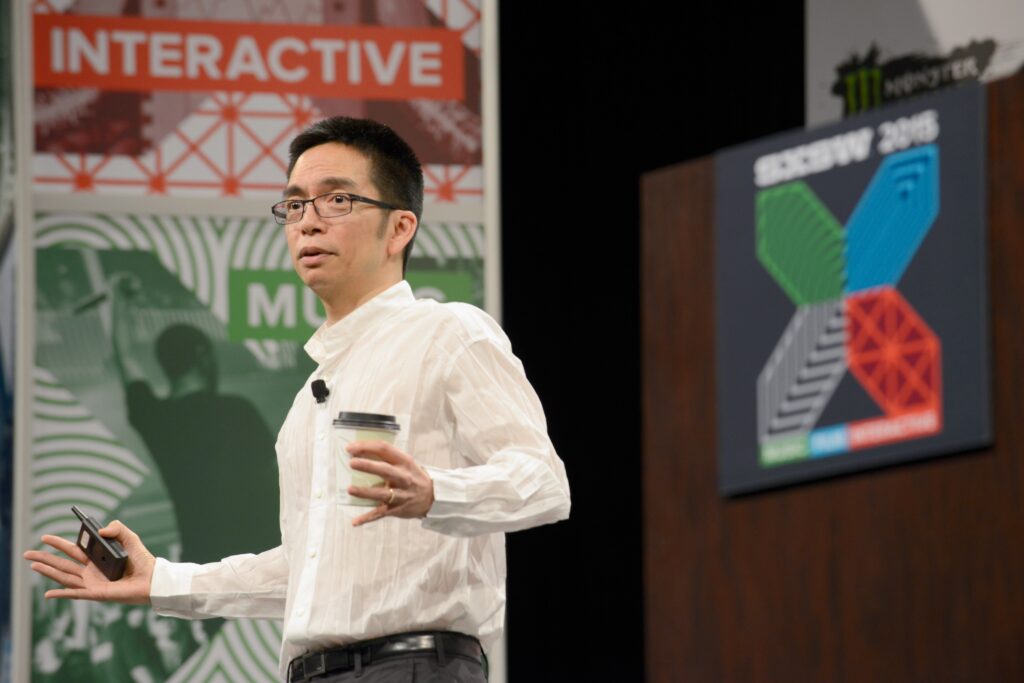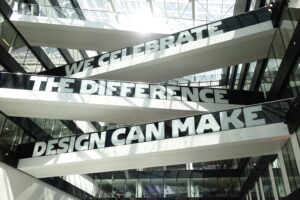How a San Franciscan Designer Envisions Startups

People see Apple’s success, and many have learned the importance of design from them. The ideal fusion of startups and design.
The original article “The ideal fusion of startups and design” is a part of the WORK MILL with Forbes JAPAN Issue 4 -loved company ©WORK MILL, published on April 11, 2019.
Many recent startups in the San Francisco and Silicon Valley area are focused on design. I feel like the design is being appreciated more than ever. People see Apple’s success, and many have learned the importance of design from them. A big turning point came when designer-cum-scientist John Maeda became a partner of Silicon Valley’s major venture capital company, KPCB. Every year since 2015, he has presented a “Design in Tech Report” at SXSW (South by Southwest) to advocate the importance of design.
I believe the weight of design began to be revisited at around this time. Many VCs began asking startups questions such as “How about the design? It won’t sell without a good design,” and “Who’s going to be the designer?” I hear that it’s easier to get funded nowadays if you have a famous designer’s name in your presentation pitch. I don’t have any numbers to back me up, but I feel like there are more startup founders today who had an interest or understanding of design, to begin with. Jack Dorsey, the CEO of Twitter and Square, is one such person. I worked at Square for a few months and noticed how he always participated in the design reviews of their hardware products.
With Japan, there’s a considerable structural difference. In Japan, especially with large enterprises, they have in-house planners, engineers, and designers. In general, planning comes first. Then engineers build the product according to the plan while the designers create the looks. Most of the time, the developer in charge of making all the decisions is an engineer. So no matter how beautiful and consumer-oriented the design is if the engineer says no, it’s no.
Meanwhile, in Silicon Valley, the product manager (a close equivalent of the planner in Japanese companies), engineers, and designers all share equal powers, especially in startup firms. In many cases, the three are even different companies. It’s fairer this way and easier to maintain neutrality. Since the final decision is made by the client’s product manager, there are cases where design is prioritized even when there are concerns about cost or durability. In this framework, the product manager’s role is crucial.
There are companies such as Google where the in-house teams function appropriately, but other than in digital startups, many Japanese companies don’t even have product managers. Most developers in charge have engineering backgrounds, making this difficult.
I believe this is one of the reasons Silicon Valley startups keep momentum.
Naoya Edahiro
Born in Sapporo in 1976. After working as a planner and product designer for an architectural metal hardware manufacturer, he heads for the US. He joined fuseproject, a design firm in San Francisco founded by Yves Behar, as an industrial designer in 2005. There, he designs office furniture and robots. In 2016, he started his own firm in San Francisco.





